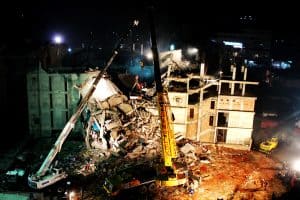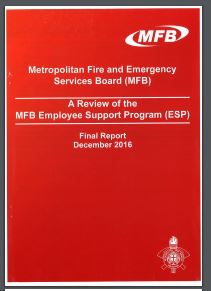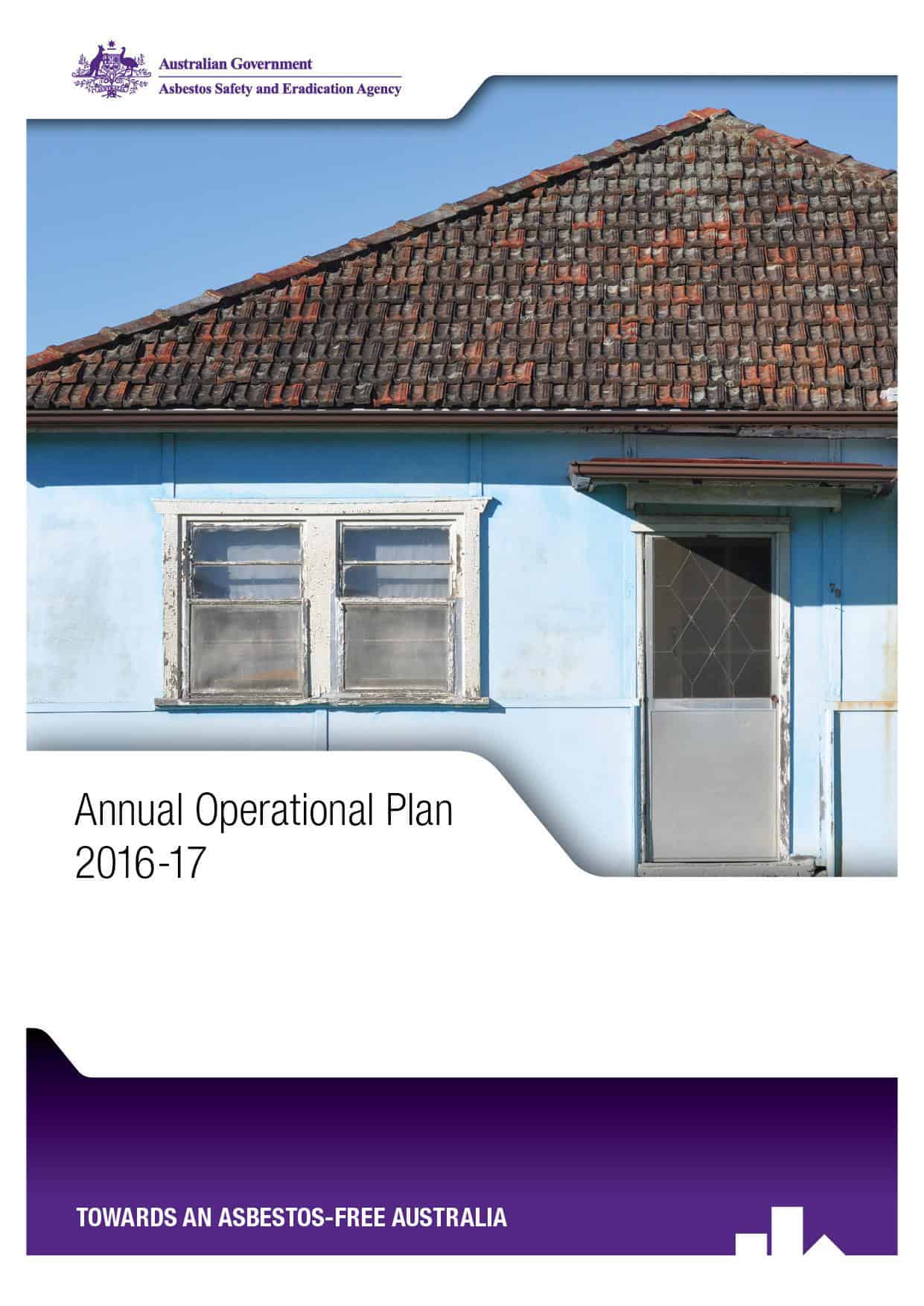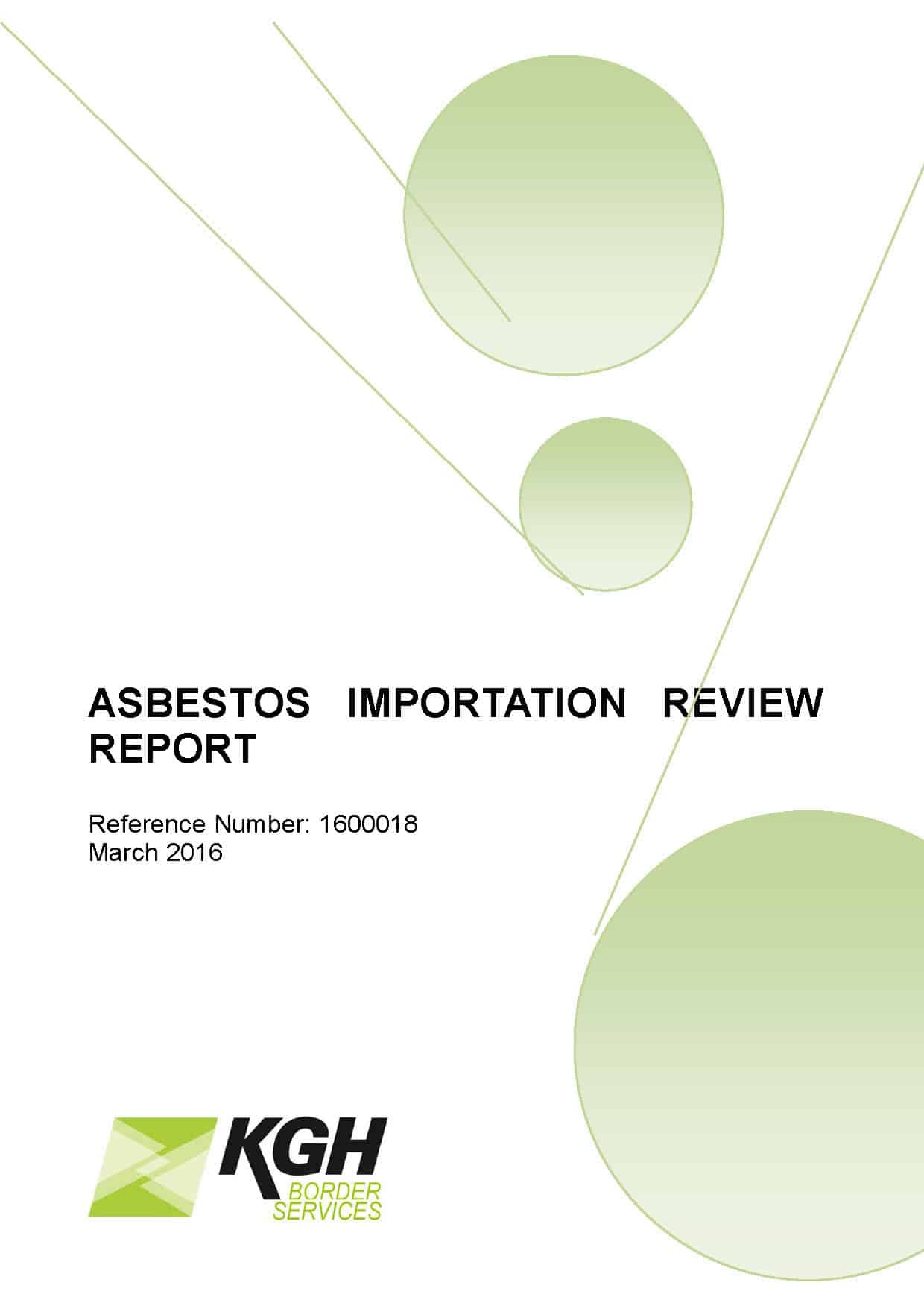
The current edition of SouthAsia magazine has a short report on occupational health and safety (OHS) in Bangladesh that illustrate the political and social challenges for workers and citizens in a country. The article, “Poor Workplace Safety” (not available online) states that government data for 2016 list more than 1,225 workers killed and over 500 injured. After these figures, and the fact that Bangladesh has a history of catastrophic workplace disasters, the author, Mohammad Waqar Bilal, states
“In fact, the issue of workers’ safety has never been considered by the government on a priority basis.”
Continue reading “Poor worker safety through gov’t disinterest and high unemployment”



 injury or death. The reasons given are almost always social ones, external to the workplace. A
injury or death. The reasons given are almost always social ones, external to the workplace. A 
